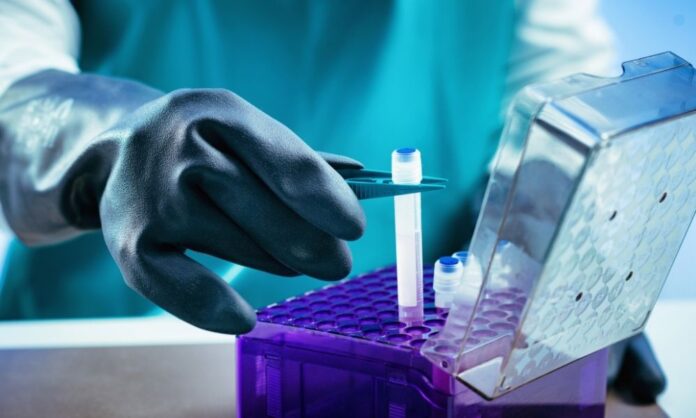It sounds like something out of a low-budget superhero movie where the archnemesis deep-freezes a weaponlike substance like “super-soldier serum” while spouting many ice-related puns. But in real life, cryopreservation isn’t anything like that. Its practical use is for the protection of precious biological resources, not for advancing evil causes.
So how does cryopreservation work?
There’s more to the process than just lowering the temperature. First, let’s clear up some confusion. We’re not talking about freezing deceased people and pets so we can “wake them up” again when we have the technology. That’s cryonics, and it’s worth noting that raising baseball legend Ted Williams’ temperature is not likely to improve his temper. No, cryopreservation is about protecting cells, tissues, and other materials in suspended animation. The frozen organic materials can then be used in medical research or in medical procedures.
The Impact
Huge. Cryopreservation is becoming more common because temperature-control equipment has become more reliable. And it’s making it possible to study and test a dizzying number of new applications. Consider its use in storing stem cells from cord blood, as just one of these and you unlock the potential to cure many congenital and acquired diseases. Cryopreservation has the ability to save those suffering from leukemia. It can be used to freeze embryos and sperm for in vitro procedures.
The Process
Cryopreservation slows down a cell’s metabolism putting it almost into suspended animation. The process removes moisture which can damage the sample. Cryoprotective agents are used to aid the process. For example, glycerol protects in cryopreserving red blood cells. Dimethyl sulfoxide works well with other cell tissue.
The process uses a controlled-rate freezer to gradually lower the temperature of the material while ensuring no ice crystals form. The material is cooled to -90 degrees Celsius (-130 degrees Fahrenheit). When it reaches that temperature the materials are transferred to a liquid nitrogen container for long-term storage.
Cryopreservation works to store stem cells, sperm, embryos, and hepatocytes (liver cells).
The Potential
Current research is working to apply cryopreservation in advanced cellular and gene therapy, regenerative medicine, organ transplantation, and more. One day we may even be able to store gametes (the ova and sperm) of endangered species. Considering anthropogenic climate change and our overexploitation of the Earth’s resources leading to a new age of mass extinction, cryopreservation may be our Noah’s Ark for the restoration of the planet’s endangered ecology.
















